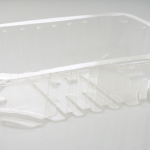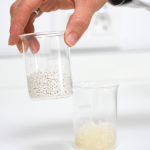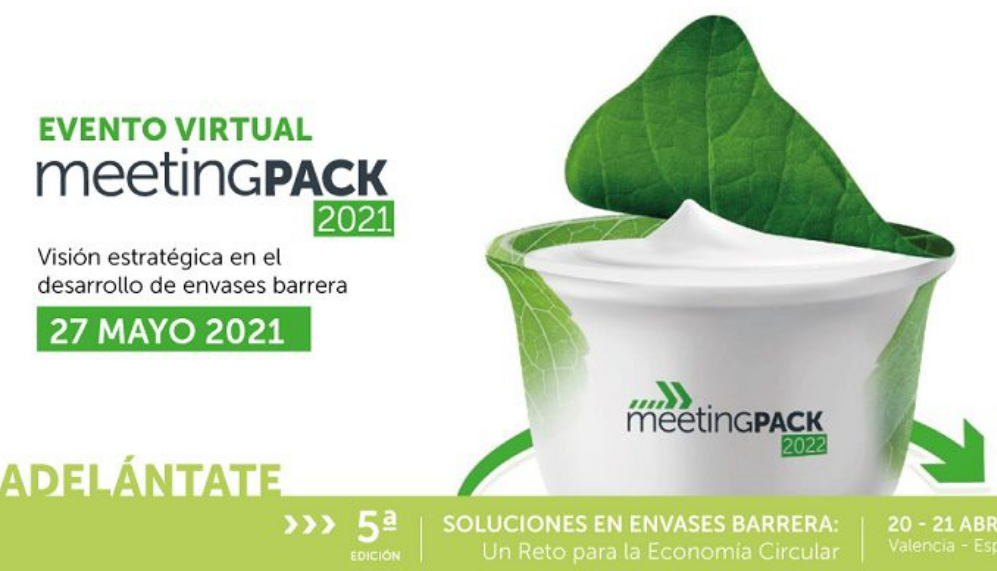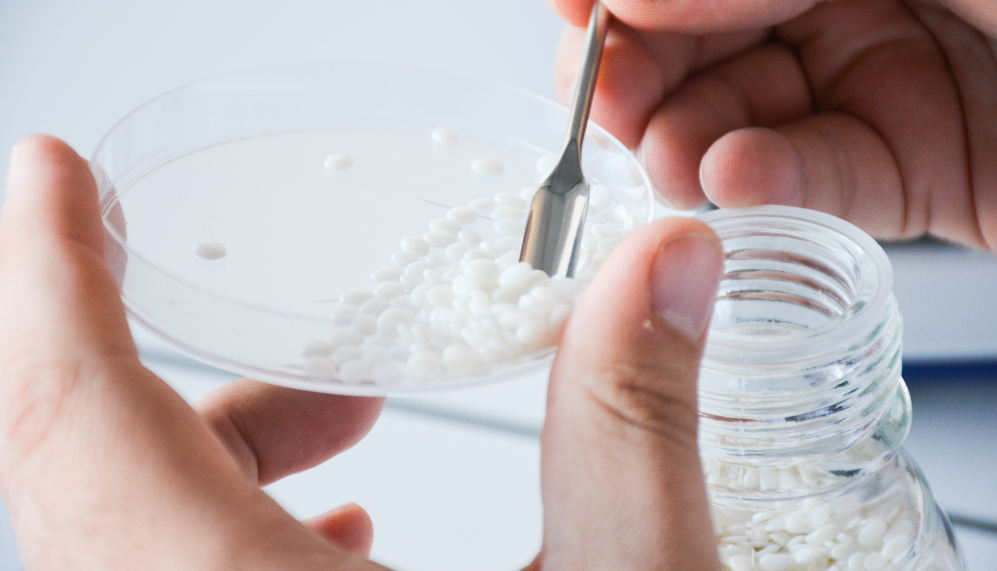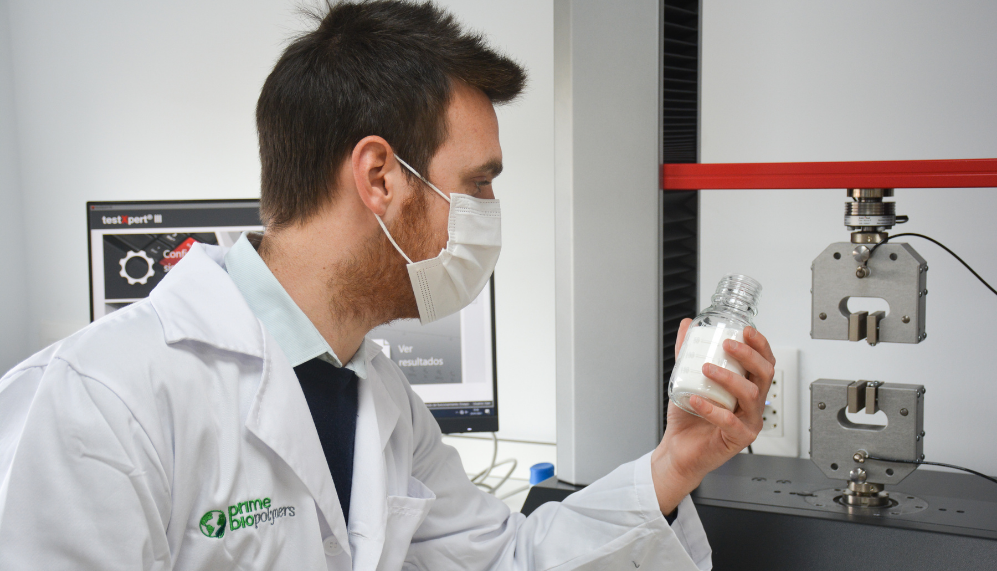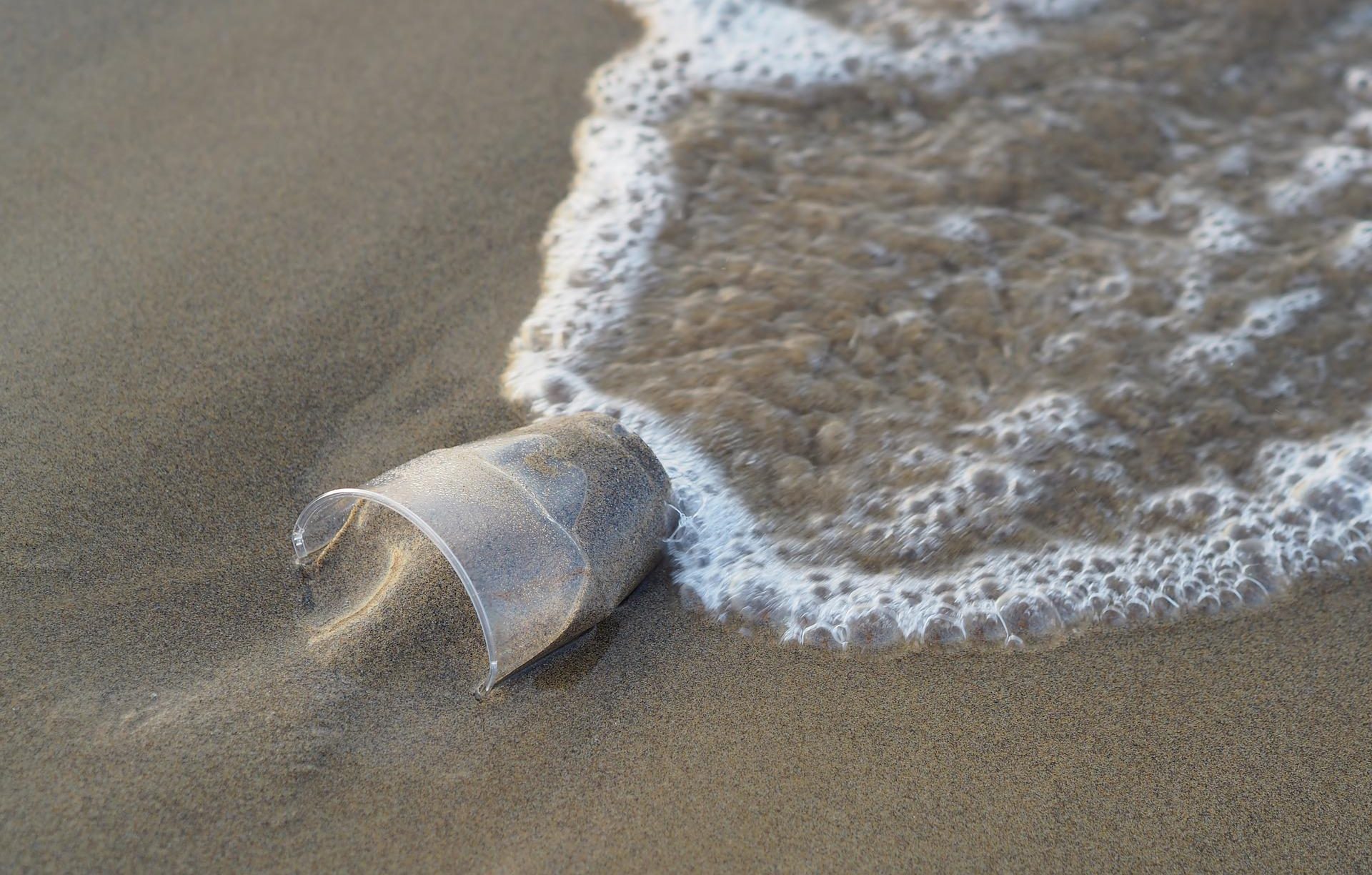
The big problem of oxodegradables
There are many terms that appear in the world of sustainable plastics. Today we are talking about oxodegradable plastics, which, although often this term is camouflaged as sustainable when accompanied by the prefix “bio”, are materials that are very little respectful of the environment.
It is a material that elevates decomposition through multiple stages using chemical additives from which the degradation begins.
It is a process of chemical decomposition of matter in which oxidation and degradation occur.
In the case of plastics, it is common polyethylene to which a small amount of additive is added, which ensures that this material can be degraded more quickly by being subjected to different natural conditions such as temperature, humidity and oxygen.
Does this mean it’s sustainable?
Technically, these materials are “degradable” as they are degraded by environmental action. But how long does it take to completely disappear from nature? Probably hundreds of years.
Oxodegradables and microplastics
Oxodegradation or oxo-biodegradation is essentially a fragmentation of the material. However, these fragments, although small, remain plastic.
Calling it “oxo-biodegradation”, has gradually blurred the term and its true meaning. Many consumers view the term “biodegradable” as a material that rapidly degrades in nature and is degraded by organisms in nature.
However, the “oxo-biodegradation” is to add an additive to the common plastic to fragment it more quickly, which makes it invisible to the human eye but NOT that it actually does not exist.
This is where the “deception” of oxo-biodegradables appears and we speak of “microplastics”.
A widely used example is plastic bags. With the addition of the additive, the bag breaks up faster and melts into microparticles, resulting in thousands of microplastics that also take many years of decompose.
In addition, an added problem is that the material is fragmented, it is invisible to the human eye and it’s practically impossible to collect it.
The EU bans oxo-biodegradable plastics
Finally, the European Union has banned the marketing of products made from oxodegradable plastic through Directive 2019/904. Article 5 of these rules states that “member states shall prohibit the placing on the market of single-use products and those made of oxodegradable plastic.
“Some materials that claim biodegradability properties, such as “oxodegradable” plastic, do not offer any environmental advantage over conventional plastics, while their rapid fragmentation into tiny pieces does give cause for concern. The committee has therefore initiated procedures to restrict the use of oxodegradables in the EU”. These words can be found in the European Commission’s statement on the European Strategy for Plastics in a Circular Economy.
Do not confuse “oxodegradable” with “compostable”
Compostable material rapidly biodegrades under appropriate conditions without leaving any trace of microplastics and without breaking into small fragments. For a product to be compostable, it must meet different requirements, including that of not impairing the quality of the compost in which the material is biodegraded.
Prime Biopolymers, a bioplastic company




